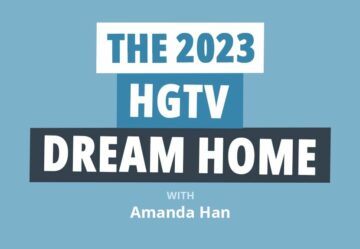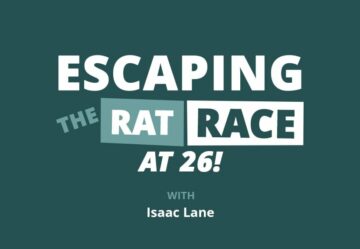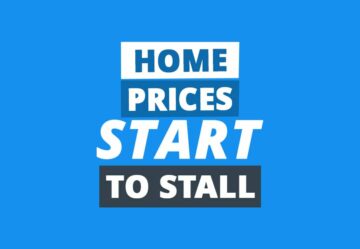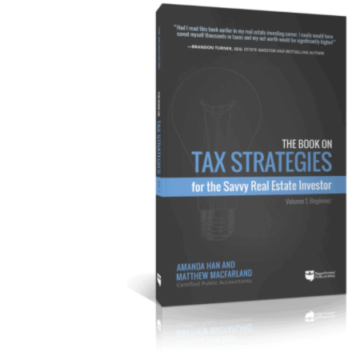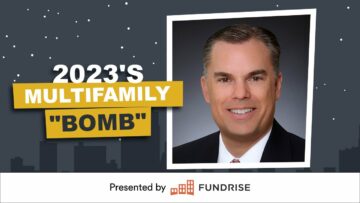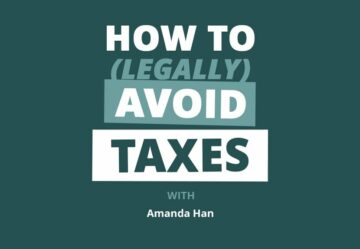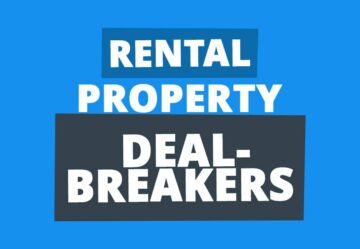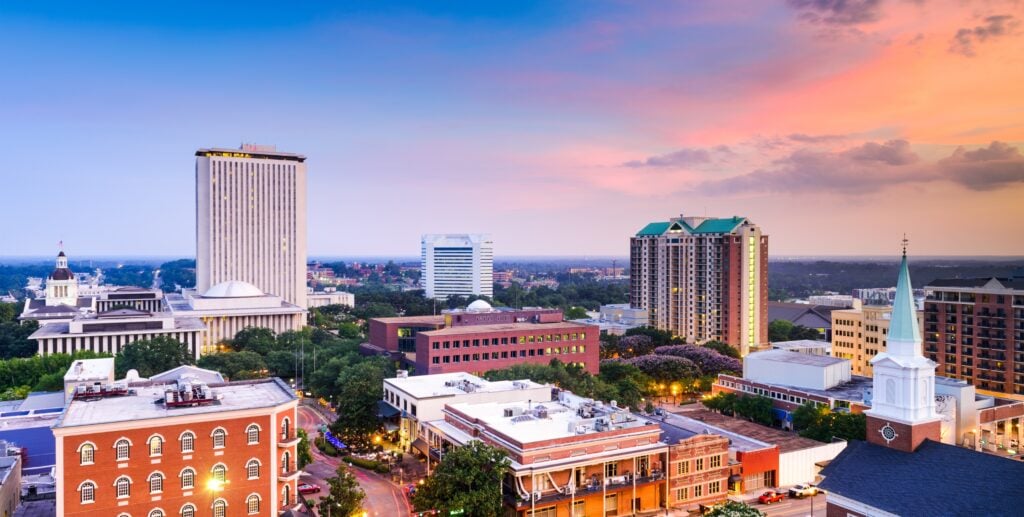
Markets like Denver, Washington, D.C., and Miami, where cultural attractions and scenic beauty abound, are appealing places to live. These sexy markets flourished during the pandemic, but they may be losing steam, according to some accounts. For example, as high earners from the East and West coasts move to Miami, longtime residents are being priced out.
While there are opportunities in sexy markets for investors with plenty of capital to earn profit, high home prices present a significant challenge. What’s more, cash flow may be stronger in smaller, lesser-known markets with affordable real estate, which could draw transplants in droves, according to our research.
Our analysts pulled data on median home price, rent-to-price ratio, population growth, and unemployment rate so we could identify the best opportunities in markets you may have never heard of. These eight markets have strong metrics, with the potential to be the next haven cities for people looking to leave sexy locales behind.
1. Myrtle Beach, South Carolina
- Median Home Price: $336,858
- Rent-to-Price Ratio: 0.67%
- Population Growth: 3.9%
- Unemployment Rate: 3%
Myrtle Beach ranks 18th in the U.S. News Best Places to Live due to the vacation town’s low cost of living and year-round mild weather. Because it’s a tourist destination, it’s also thriving with cultural events and restaurants. For these reasons, it holds appeal for people in a variety of life stages, and the population growth rate is almost four times the national average.
Rents are now cooling, as they are in many areas of the country, but the town was on the top locations for rent gains over the last three years, with a 36% increase, according to Apartment List. And with an average rent-to-price ratio of over 0.6%, you may find deals in the area that reach 0.9% or 1%. Beach houses tend to get more short-term rental revenue than the average property as well.
2. Tallahassee, Florida
- Median Home Price: $272,204
- Rent-to-Price Ratio: 0.54%
- Population Growth: 0.7%
- Unemployment Rate: 3.3%
Florida’s home price hikes over the last few years have meant fewer cash flow markets to choose from, but Tallahassee is one with great potential. The city is home to three colleges, including Florida State University and Florida A&M University, which means a slew of potential student housing renters for low-priced properties.
While the rent-to-price ratio isn’t as high as some markets on our list, there’s great potential for appreciation in Florida—Tallahassee is likely to catch some overflow from overheated markets as residents seek cheaper housing. Additionally, a short-term or midterm rental strategy could work well in the city for both visiting parents of college students and tourists seeking warm winter weather and sandy beaches at an affordable price.
3. Jonesboro, Arkansas
- Median Home Price: $188,405
- Rent-to-Price Ratio: 0.74%
- Population Growth: 1.3%
- Unemployment Rate: 2.9%
Jonesboro has a healthy economy and a low unemployment rate. Manufacturing and healthcare jobs employ many residents —the town is home to big hospitals and companies like Nestle and Frito-Lay. Jonesboro is also close to Memphis, Tennessee.
The average rent-to-price ratio is one of the highest on our list, and there’s potential to find deals at a 1% ratio. A median home price under $200,000 also means a low barrier to entry. And the population is growing at a faster clip than average.
4. Joplin, Missouri
- Median Home Price: $205,882
- Rent-to-Price Ratio: 0.65%
- Population Growth: 1.1%
- Unemployment Rate: 3.2%
For a small market, Joplin has relatively strong population growth, in part due to growth in nearby Northwest Arkansas. Like Jonesboro, Joplin offers a lot of job opportunities in manufacturing and healthcare. The many hospitals may be a draw for travel nurses, which could present an opportunity for midterm rentals. Rents for studio and one-bedroom apartments are actually rising in Joplin, according to Zumper and Rent.com.
With a low median home price and a strong rent-to-price ratio, Joplin is a good place to find deals. Local investor Henry Washington says he’s finding cash flow properties left and right—hear more about it on the On the Market podcast.
5. Tuscaloosa, Alabama
- Median Home Price: $211,379
- Rent-to-Price Ratio: 0.80%
- Population Growth: 1.4%
- Unemployment Rate: 2.4%
Tuscaloosa is a small town with mild temperatures that is home to three colleges, including the University of Alabama, which contribute about $3 billion to the local economy. The unemployment rate is the lowest on our list; residents are mostly employed in healthcare, education, government, and manufacturing, and the town is home to one of the largest Mercedes-Benz assembly plants in the world. The Tuscaloosa/Birmingham region has also been called one of the best areas to start a business by Forbes and Kiplinger.
College students need apartments in the area, and there’s demand for short-term rentals during football season. Tuscaloosa has the highest rent-to-price ratio on our list, so investors can easily find deals, and the median home price is well below the national median of $431,000 as of the third quarter.
6. Oshkosh, Wisconsin
- Median Home Price: $265,468
- Rent-to-Price Ratio: 0.60%
- Population Growth: 0.9%
- Unemployment Rate: 3.5%
Situated on Lake Winnebago, Oshkosh is home to the University of Wisconsin-Oshkosh. While the metrics aren’t as strong as some other cities on our list, our experts think the small city is poised for growth. That’s because it’s located relatively close to cities like Madison and Milwaukee.
Madison ranked 11th in the U.S. News Best Places to Live, thanks to a strong economy, growing population, and a great restaurant scene. However, Oshkosh has a lower cost of living when compared to Madison.
7. Odessa, Texas
- Median Home Price: $212,940
- Rent-to-Price Ratio: 0.69%
- Population Growth: 0.6%
- Unemployment Rate: 3.8%
Odessa is less appealing as an investment opportunity than other options on this list, due to a lower population growth rate. It’s a small city with an economy that’s dependent on oil, and it’s relatively far from major hubs like Austin and San Antonio. Still, it offers a low barrier to entry, a low cost of living, and a relatively high rent-to-price ratio. It’s worth considering, especially if you live nearby.
8.Oklahoma City, Oklahoma
- Median Home Price: $228,620
- Rent-to-Price Ratio: 0.66%
- Population Growth: 0.9%
- Unemployment Rate: 3.2%
If you’re looking to provide affordable housing, Oklahoma City has a long waiting list for housing choice vouchers. The city has a strong rental market beyond that as well and is ranked as one of the best large cities for rent growth in October, according to Apartment List, though some other sources show flat or declining rents. U.S. News notes that young transplants have made Oklahoma City more lively in recent years while it still maintains a friendly, small-town feel.
Though population growth is about average, the city has strong cash flow potential. And with tech companies opening up local offices, economic growth is likely. You may not see a rental boom in Oklahoma City, but it’s a stable market with low home prices where it’s relatively easy to find good deals.
The Bottom Line
Whether you’re looking to grow your portfolio in long-distance markets or buy a rental property for the first time, evaluating deals in unsexy markets is a smart strategy. It offers beginners a chance to break into real estate investing with less cash, and seasoned investors can diversify their portfolios. You may find better cash flow in these unsexy markets than in higher-priced hubs, and there’s growth potential as affordability problems push residents out of bigger cities.
Note By BiggerPockets: These are opinions written by the author and do not necessarily represent the opinions of BiggerPockets.
- SEO Powered Content & PR Distribution. Get Amplified Today.
- PlatoData.Network Vertical Generative Ai. Empower Yourself. Access Here.
- PlatoAiStream. Web3 Intelligence. Knowledge Amplified. Access Here.
- PlatoESG. Carbon, CleanTech, Energy, Environment, Solar, Waste Management. Access Here.
- PlatoHealth. Biotech and Clinical Trials Intelligence. Access Here.
- Source: https://www.biggerpockets.com/blog/best-unsexy-housing-markets
- :has
- :is
- :not
- :where
- $3
- $UP
- 000
- 1
- 11th
- 18th
- 24
- 8
- a
- About
- about IT
- According
- Accounts
- actually
- Additionally
- affordable
- affordable housing
- Alabama
- almost
- also
- an
- Analysts
- and
- apartmentlist
- apartments
- appeal
- appealing
- appreciation
- ARE
- AREA
- areas
- arkansas
- AS
- Assembly
- At
- attractions
- austin
- author
- average
- barrier
- BE
- Beach
- Beaches
- Beauty
- because
- been
- Beginners
- behind
- below
- BEST
- Better
- Beyond
- Big
- bigger
- Billion
- boom
- border
- both
- Bottom
- Break
- but
- buy
- by
- called
- CAN
- capital
- Cash
- cash flow
- Catch
- challenge
- Chance
- cheaper
- choice
- Choose
- Cities
- City
- Close
- College
- Colleges
- Companies
- compared
- considering
- contribute
- Cost
- could
- country
- cultural
- D.C.
- data
- Deals
- Declining
- Demand
- Denver
- dependent
- destination
- diversify
- do
- draw
- due
- during
- earn
- easily
- East
- easy
- Economic
- Economic growth
- economy
- Education
- eight
- employed
- entry
- especially
- estate
- evaluating
- events
- example
- experts
- far
- faster
- feel
- few
- Find
- finding
- First
- first time
- flat
- florida
- flow
- Football
- For
- For Investors
- four
- friendly
- from
- Gains
- get
- good
- Government
- great
- Grow
- Growing
- Growth
- growth potential
- Have
- haven
- healthcare
- healthy
- heard
- henry
- Hidden
- High
- highest
- Hikes
- holds
- Home
- hospitals
- housing
- However
- HTML
- HTTPS
- hubs
- identify
- if
- in
- Including
- into
- investing
- investment
- investor
- Investors
- IT
- Job
- Job Opportunities
- Jobs
- jpg
- lake
- large
- largest
- Last
- Leave
- left
- less
- lesser-known
- LG
- Life
- like
- likely
- List
- live
- living
- local
- located
- locations
- Long
- looking
- losing
- Lot
- Low
- low barrier
- low prices
- lower
- lowest
- made
- maintains
- major
- manufacturing
- many
- Market
- Markets
- May..
- means
- meant
- Metrics
- Miami
- Midterm
- mild
- more
- mostly
- move
- National
- necessarily
- Need
- never
- next
- None
- Notes
- now
- october
- Odessa
- of
- Offers
- offices
- Oil
- Oklahoma
- on
- ONE
- open
- opening
- Opinions
- opportunities
- Opportunity
- Options
- or
- Other
- our
- out
- over
- pandemic
- parents
- part
- People
- Place
- Places
- plants
- plato
- Plato Data Intelligence
- PlatoData
- Plenty
- poised
- population
- portfolio
- portfolios
- potential
- present
- price
- Prices
- Profit
- properties
- property
- provide
- Push
- Quarter
- radar
- ranked
- ranks
- Rate
- ratio
- reach
- real
- real estate
- reasons
- recent
- region
- relative
- relatively
- Rent
- Rental
- rentals
- renters
- represent
- research
- residents
- restaurant
- Restaurants
- revenue
- rising
- round
- s
- San
- sandy
- says
- scene
- scenic
- Season
- seasoned
- see
- Seek
- seeking
- short-term
- show
- significant
- small
- smaller
- smart
- So
- some
- Sources
- South
- stable
- stages
- start
- State
- Steam
- Still
- Strategy
- strong
- stronger
- Students
- studio
- tech
- tech companies
- tennessee
- than
- thanks
- that
- The
- The Area
- the world
- their
- There.
- These
- they
- Think
- Third
- this
- though?
- three
- thriving
- time
- times
- to
- top
- town
- Transplants
- travel
- true
- under
- unemployment
- unemployment rate
- university
- vacation
- variety
- Waiting
- warm
- warm winter
- was
- washington
- we
- Weather
- WELL
- West
- when
- which
- while
- Winter
- with
- Work
- world
- worth
- written
- years
- you
- young
- Your
- zephyrnet

